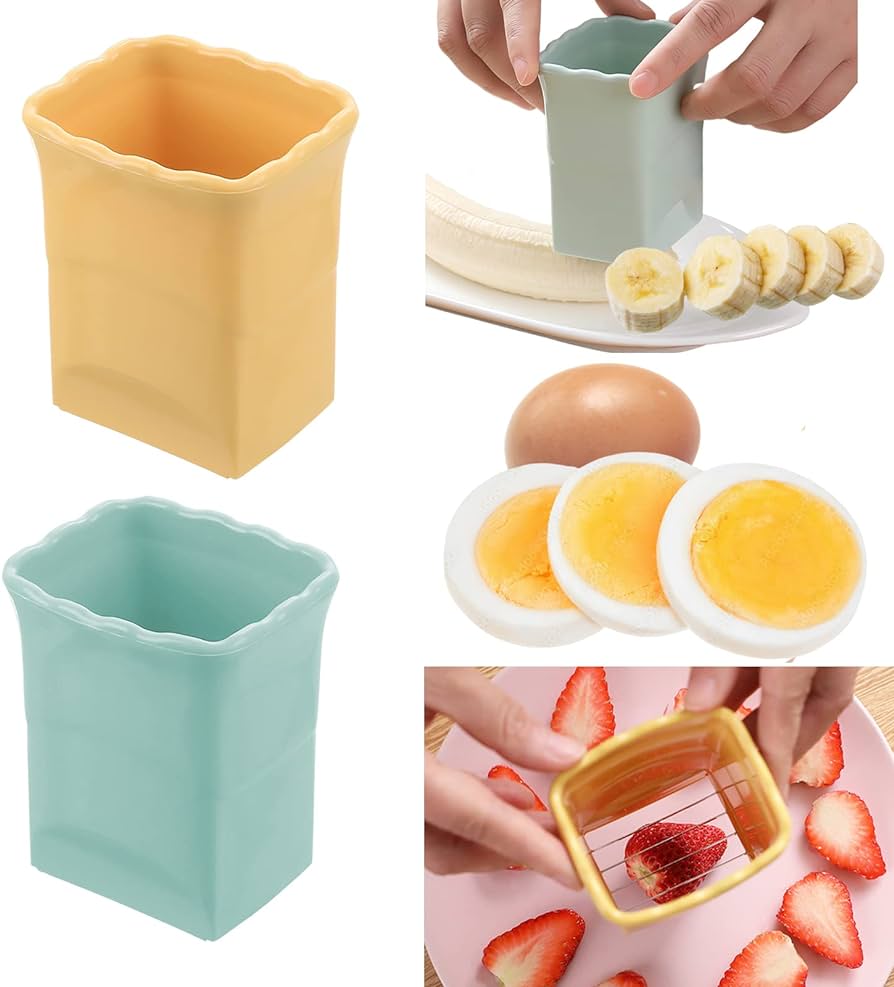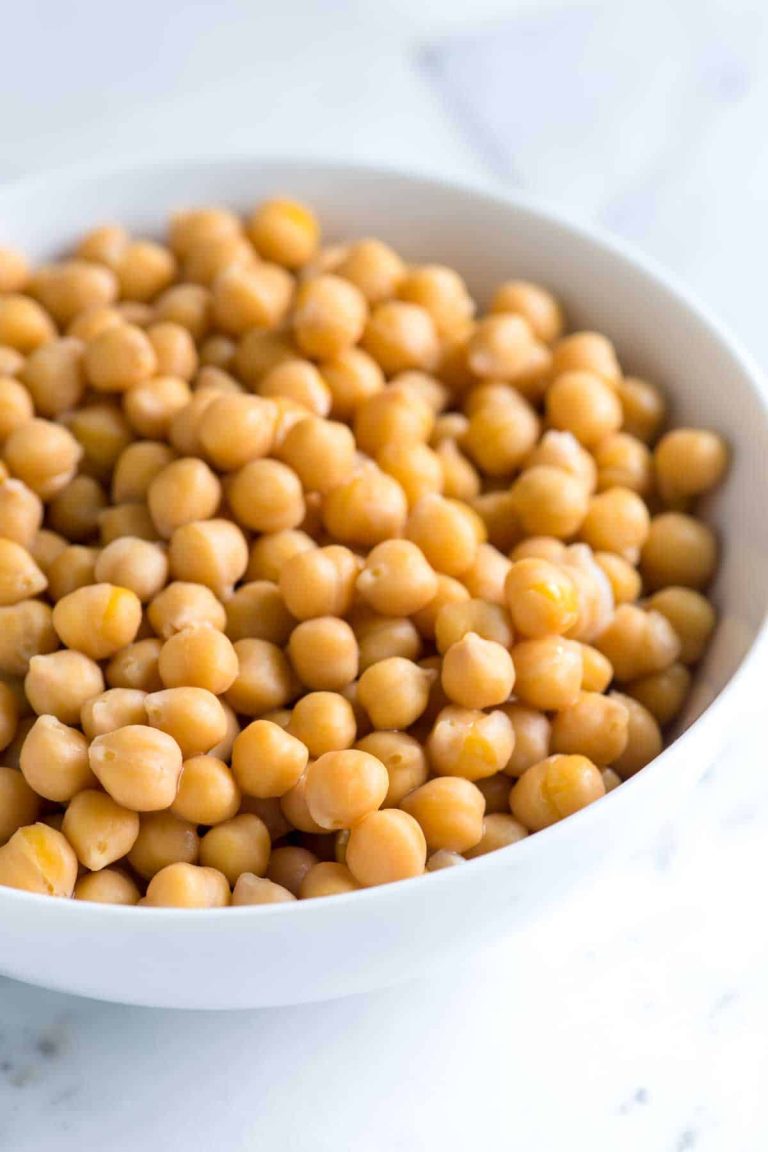Apple Jelly: Origins, Health Benefits, and Creative Culinary Uses
Apple jelly traces its origins to home preserving traditions in Europe, where it became a favorite spread for toast. Pioneering settlers brought the recipe to North America, and its delightful taste quickly led to widespread popularity. Today, apple jelly remains a beloved preserve in both households and gourmet kitchens. You’ll find apple jelly adds a delicate, sweet tang to various dishes, from breakfast items to glazes for meats.
How Apple Jelly is Made
Apple jelly is made by extracting juice from apples, often a blend of sweet and tart varieties. The juice is then combined with sugar and pectin—a natural thickening agent found in fruit—to achieve the jelly’s signature smooth texture. To ensure clarity and brightness, it’s essential to strain the juice thoroughly to remove pulp and seeds. The mixture is simmered until it reaches the right consistency, then poured into sterilized jars and sealed for preservation.
The Different Varieties of Apple Jelly
Variations by Region
Regional differences affect apple jelly varieties. In the United States, different states have distinct apple varieties which impact the jelly’s flavor and texture. For example, New York’s jelly often uses McIntosh apples, resulting in a tart, slightly spicy taste. Washington state varieties might use Gala apples for a sweeter profile. European countries, such as France, favor Golden Delicious which produces a mellow, honeyed jelly.
Commercial vs. Homemade Apple Jelly
Commercial apple jelly offers consistency and long shelf life. Brands use standardized apple blends and additives to ensure uniform taste and texture. On the other hand, homemade apple jelly provides a customizable product where you control the apple types and sugar levels. Homemade versions can also include unique ingredients, like spices or additional fruits, making them personalized and distinct.
Health Benefits of Apple Jelly
Nutritional Information
Apple jelly offers several nutritional benefits. It’s primarily made from apples, sugar and pectin, providing key nutrients. A tablespoon of apple jelly contains approximately 50 calories. This portion offers 13 grams of carbohydrates and around 10 grams of sugar. Potassium and vitamin C, sourced from the apples, are present. While the sugar content is high, moderation ensures you can enjoy its benefits without exceeding daily sugar intake recommendations.
Pros of Including Apple Jelly in Your Diet
Apple jelly gives you a flavorful way to complement various foods while offering some health benefits. Vitamin C in apple jelly helps boost your immune system. Pectin, a soluble fiber in apples, can support digestive health. Apple jelly’s natural sugars provide a quick energy source. Though it’s best consumed in moderation, adding apple jelly to your diet can diversify your nutrient intake and offer a delicious treat.
Culinary Uses of Apple Jelly
Classic Recipes Using Apple Jelly
Apple jelly enhances many traditional dishes, adding a sweet, fruity note. Spread apple jelly on toast for a simple, flavorful breakfast. Use it as a glaze for meats, especially pork or chicken, to create a glossy, caramelized finish. Blend apple jelly into sauces and dressings to balance savory flavors with sweetness. In baking, add apple jelly to pastries like tarts and turnovers for a fruity filling. Replace other sweeteners with apple jelly in oatmeal, pancakes, or muffins for a unique twist. These recipes utilize apple jelly to provide depth and richness to classic dishes.
Innovative Ways to Use Apple Jelly in Modern Cuisine
Modern cuisine benefits from the versatility of apple jelly. Mix it into cocktails, such as apple jelly martinis, to add a unique flavor. Combine it with sriracha for a sweet-and-spicy dip or glaze. Use apple jelly in vegan dishes to boost both flavor and texture. Create sophisticated cheese pairings by incorporating apple jelly into cheese boards, complementing the creaminess and tang of various cheeses. Add a dollop to yogurt or chia pudding for an extra layer of flavor. These innovative applications demonstrate apple jelly’s potential to elevate contemporary culinary creations.
Choosing and Storing Apple Jelly
Tips for Selecting the Best Apple Jelly
Look for apple jelly with a clear, vibrant color. High-quality apple jelly often has a rich, translucent gloss. Check the ingredients list to ensure it contains real apple juice and natural pectin. Avoid jellies with high-fructose corn syrup or artificial additives. Consider the packaging as well—glass jars are preferred for preserving the fresh flavor. Read reviews and ratings if buying online, as these can provide insights into taste and texture. Opt for brands with positive feedback and consistent quality.
Best Practices for Storing Apple Jelly
Store apple jelly in a cool, dark place before opening. Unopened jars should be kept in the pantry away from direct sunlight and heat. Once opened, refrigerate the jelly to maintain its freshness. Ensure the lid is tightly sealed to prevent contamination. Check for any signs of spoilage, like changes in color or texture, before use. For long-term storage, consider freezing the jelly in airtight containers. This preserves the flavor and extends its shelf life. To thaw, move the container to the refrigerator overnight, avoiding sudden temperature changes that might alter the jelly’s consistency.
Conclusion
Apple jelly isn’t just a nostalgic treat; it’s a versatile culinary gem with a host of health benefits. Whether you’re glazing meats, enhancing sauces, or experimenting with cocktails and vegan dishes, apple jelly can elevate your cooking game. When selecting apple jelly, prioritize products made with real apple juice and natural pectin, and avoid those with high-fructose corn syrup. Proper storage, including refrigeration after opening and freezing for long-term use, ensures your apple jelly stays fresh and flavorful. Embrace the versatility of apple jelly and discover new ways to incorporate it into your meals.






